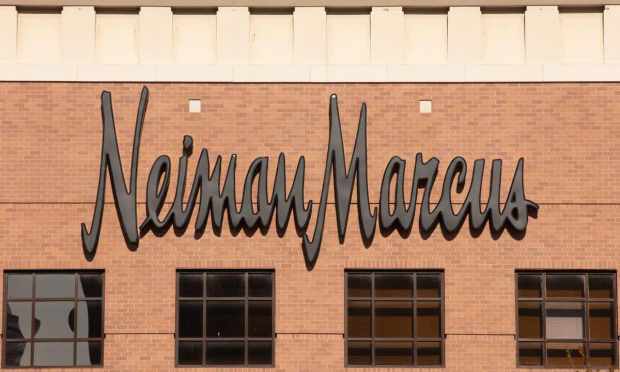Neiman Marcus Group To Invest $85 Million In Its Supply Chain

Neiman Marcus Group (NMG) is making investments in its supply chain, technology, merchandising and personnel, which it says will transform the shopper experience at Bergdorf Goodman and Neiman Marcus, according to an announcement.
“Neiman Marcus Group is a customer and brand relationship business, powered by a strong digital ecosystem,” Neiman Marcus Group CEO Geoffroy van Raemdonck said in the announcement. “Today we are announcing additional moves to accelerate our transformation, reflecting our renewed financial flexibility and desire to invest in areas that are a source of unique competitive advantage and create shareholder value.”
NMG is investing $85 million gross in its supply chain, particularly systems and fulfillment hubs. The company is implementing a new warehouse system and order management system, while making investments in its Pinnacle Park distribution center.
NMG is also putting advanced insights, digital offerings and technology under the umbrella of a single leader and “distorting capital to these areas,” according to the announcement.
The company said that Bob Kupbens will come on board as executive vice president, chief product and technology officer on Feb. 1, reporting to van Raemdonck. Kupbens had worked for ADT, Delta, eBay and Apple, where he had senior positions in supervising technology, digital products and online shopping.
Furthermore, NMG is creating a new general manager, brand partnerships and merchandising position in the Neiman Marcus brand.
NMG is an omnichannel fashion retailer running store and digital operations with the Neiman Marcus, Neiman Marcus Last Call, Bergdorf Goodman and Horchow brands.
Back in September, WWD reported that Neiman Marcus would be laying off an unspecified number of its approximately 12,000 employees at Neiman and Bergdorf Goodman. “This change is substantial and incredibly difficult, but we must ensure we have the right structure and right size team in place that matches our reduced financial forecast,” van Raemdonck wrote in a letter to vendors.
As previously noted in this space, the lines between physical and digital, once blurred, have disappeared. In the flourishing bring-it-to-me economy, retail is now about meeting the customer where she wants to transact and letting her take possession of those purchases at home. PYMNTS research indicates that almost five times more customers want products delivered to them than picked up curbside.
